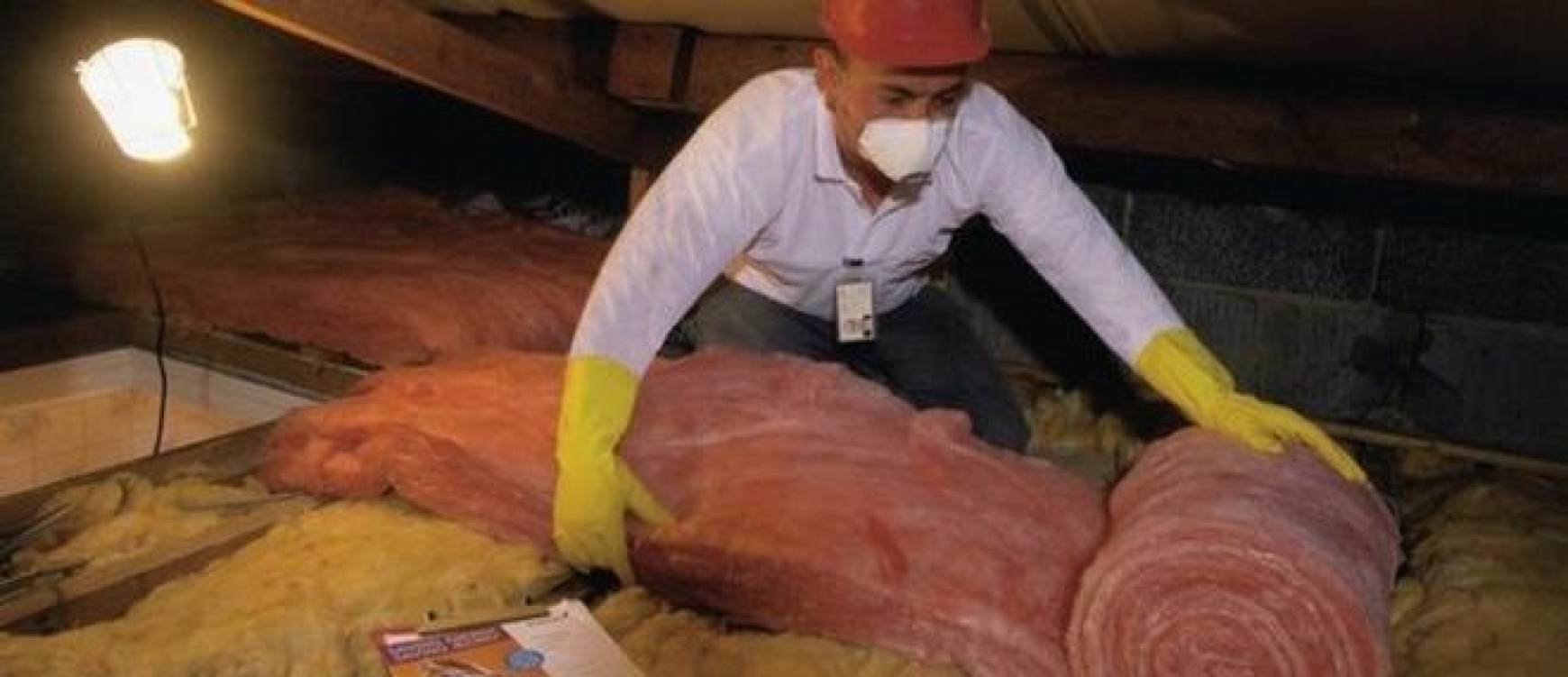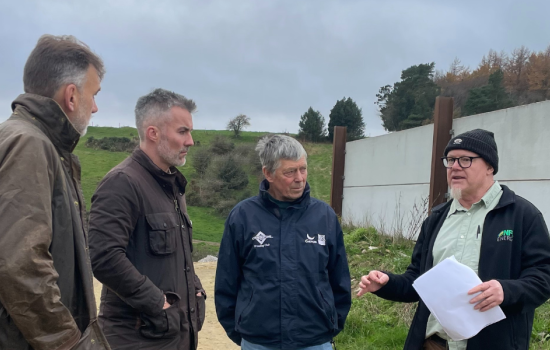Energy efficiency is the most cost-effective way of reducing use and saving money, but where do you start? Here are seven ‘C’s, a few simple ideas, to help you:
- Control - You can use less energy by controlling better. At the simplest level, this is turning things off when they are not required. Timers, thermostats and motion sensors can give you more automated control.
- Containment - Reduce energy losses by ‘containment’, i.e. not letting energy escape. Insulation is a cheap, unsophisticated and reliable way of reducing heat loss.
- Consuming equipment - Old equipment can be considerably less efficient. The energy savings from updating alone could mean new equipment pays for itself in just a few years. For example, older boilers could be operating at less than 70% efficiency, while a modern equivalent might achieve more than 90%.
- Counting - This refers to measuring and monitoring energy usage. In a commercial environment, web-based systems can allow an energy account manager to monitor a site in real-time, allowing close evaluation of performance and identification of potentially faulty equipment.
- Cost - Not an efficiency measure, but one of the easiest ways to cut energy bills is to reduce the price you pay. Loyalty to your energy provider seldom guarantees the best prices, so it's worth shopping around.
- Care - With all the best equipment and control in the world, waste will still occur if nobody cares. We all have a social and moral responsibility to care about our energy use. Management and staff need to care when and where things are going wrong and take active steps to improve.
- Create - Take advantage of government funded renewable subsidies and become a self-supplier of heat (Renewable Heat Incentive) and/or electricity (Feed-in Tariff).




























